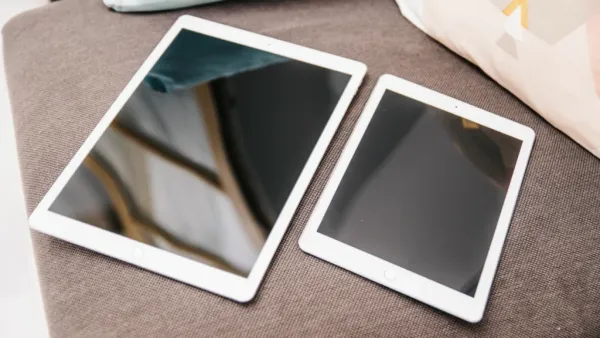
For students and working mothers, life is all about multitasking, from lectures, online courses, note-taking, video conferencing, child care, grocery shopping, etc.
A 2-in-1 tablet configuration provides portability, convenience, and, in some cases, even substitutes for a laptop for lighter workloads.
For households in India, a few things can be said if space is too limited and multi-function devices are desired: a tablet that can be used for everything from note-taking to entertainment to productivity makes for good value. The major trade-offs will usually be in the cost of accessories, whether a good pen is used in the first place, and whether the OS/software workflow is suitable for school or work.
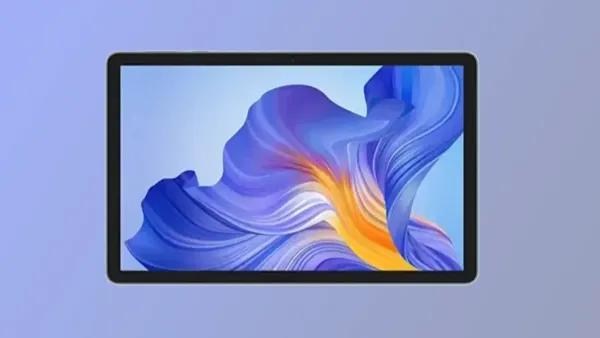
The implications that one wishes to set for a second-screen tablet are as follows:
The Lenovo Tab Plus provides a middle ground that is suitable for most student and family use. It has a good display and construction; while it does not include a high-end detachable keyboard in all bundles, it accommodates compatible keyboards or cases. For reading, note-taking, and multimedia, it delivers solid performance. Battery life endures lecture times and modest work. For working mothers, this tablet is OK for video calls, browsing, and occasional document editing.
Constraints are that the keyboard/pen are add-ons, so overall expense increases; heavy multitasking or resource-intensive software (video editing, rendered tasks) will strain it, but for everyday tasks, it is silky smooth.
OnePlus Pad Go comes closer to the ₹20,000 price point with a higher display and accessory support in some models. Its lightweight design makes it convenient to carry every day or back and forth to college or the office. It comes with decent audio, decent cameras, and snappy touch input.
The “Go” designation usually equates to sacrifices in GPU or top performance when fully loaded, but its speed is adequate for taking notes, streaming, and light multitasking (email, browser, docs). If mom or the student is traveling light and needs something that can work on a lap or couch, this is a good option. Where it falls short is in high-end pen latency or keyboard typing experience compared to pricier convertibles.
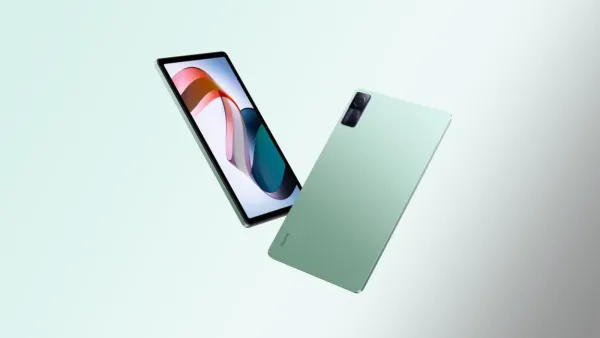
This is a more affordable option. For students who need a tablet for reading, note-taking, assignments, and video calls, this tablet is a very good value for money. The smaller screen size makes it more portable (easier to carry, lighter). For working moms, this means less strain when carrying it, and it is easier to use while walking or holding in one hand.
But display brightness, refresh rate, and accessory support are more toned down, and it might not have advanced stylus capabilities. If you don’t require ultra-premium performance or a super crisp screen, this compromise is reasonable. The largest warning is that “budget” tablets tend to have slower updates, poorer speakers, and even heat problems with heavy use.
It is a high-end product; it would be better if the budget could spend more, and you anticipate heavier use. Yoga Tab Plus comes with a big, high-quality display, good speakers, and a great build. For a design student, media student, or someone who requires higher screen fidelity – for example, for video calls, streaming, or daily multitasking – this can be a nicer everyday experience.
It probably enables keyboard and more sophisticated pen usage. The drawbacks are price (accessories and additional features can increase the overall cost), weight, and perhaps size while traveling. But for one who desires a near-laptop replacement, this device comes closer.
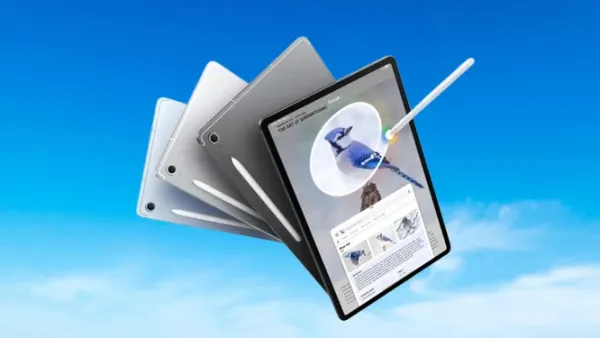
Not quite a Windows 2-in-1 per se, the Lenovo Tab P12 Pro merits a special mention for its almost premium specs, optional keyboard/pen support, and versatility. The Tab P12 Pro features a 12.6-inch AMOLED display (2K resolution), a Snapdragon 870 chip, and a massive 10,200 mAh battery. The screen supports a 120 Hz refresh rate and Dolby Vision, so reading and video are smooth. The audio quality is good with quad JBL speakers, ideal for media or lectures. The tablet is thin (5.6 mm) and weighs around 565 g, making it carryable, though a bit heavy for extended handheld use.
For students, it’s best to play course videos, multitask (split-screen), annotate, and even do simple sketching or design work with the Precision Pen 3. For working mothers, the battery life (~14-15 hours of streaming) provides leeway for long days, video calls, document preparation, etc.
Its price, though, is well above budget tablet prices, and adding a keyboard/pen adds to the cost again. Also, Android tablets remain behind Windows convertibles when it comes to running certain desktop programs or complete productivity suites.
Even within “good” 2-in-1 tablets or tablet/keyboard combos, compromises are unavoidable. For students, compromises on top-end displays or extremely high refresh rates might be tolerable if they enable more frequent software updates or more add-ons. For working mothers with family responsibilities, weight and mobility could be more important than screen real estate.
The other compromise is the price of accessories: sometimes keyboards or pens are sold separately or in packages that significantly increase the overall cost. Tablets often include stylus functionality, but software support or latency can be weaker in the mid- or budget-segment.
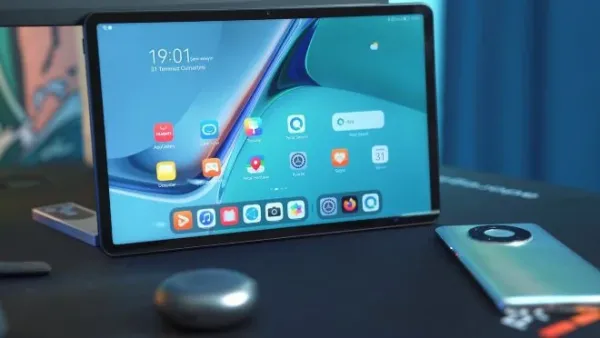
Battery life typically decreases under stress – video editing, screen-on time during a video call, and using the tablet as a workspace all consume more power. Durability (hinge strength, glass protection) and access to service are also frequently an afterthought until something breaks – working mothers, for example, may require satisfactory warranty and repair service close to where they work.
For an online student, note-taking, reading PDFs, some occasional content creation, and a mid-tier tablet with pen functionality will suffice. An example such as the Lenovo Tab Plus or the OnePlus Pad Go provides sufficient performance without breaking the bank.
A working mother who is constantly switching between home, office, or taking care of family, and also occasionally has to prepare documents, handle spreadsheets, or work when traveling, may like something a bit higher-end: robust speakers, a decent front camera, a keyboard or an attachable keyboard, and longer battery life.
Here, the Yoga Tab Plus or Tab P12 Pro might be worth the investment. If use involves stylus-created drawings or designs, accessory support and pen responsiveness become more important; if portability is the primary factor (commutes, bag lugging, travel use), smaller screens (10-11″) or lighter tablets are best. If screen-sharing, reading, or home use as a media device is more, a larger screen with improved speakers is best.
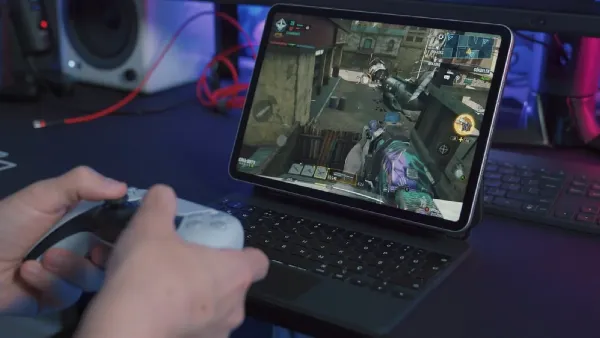
The top 2-in-1 or hybrid student-and-working-mom tablet is more about finding the right balance than achieving the most specs: sufficient performance, helpful accessories, comfortable portability, and adequate support. A solid screen and battery are essential; pen/keyboard support provides valuable flexibility; and durability and after-sales service usually determine whether the investment pays off or, in the end, becomes frustrating.
If you have to choose a recommendation, for most mid-range budget to mid-range families, a tablet such as the Lenovo Tab Plus or the OnePlus Pad Go provides the “sweet spot.” If you can afford it and want serious productivity, the
Lenovo Tab P12 Pro steers toward premium without crossing laptop pricing. Always check which accessories come with or are required, try it for comfort, and think about how you will use it day after day.